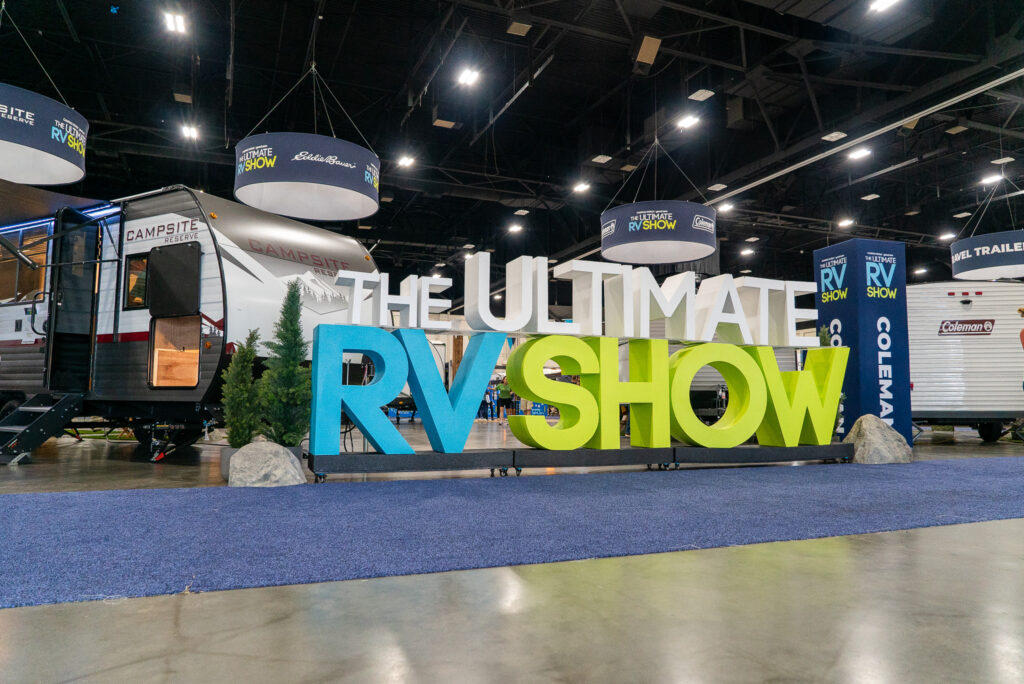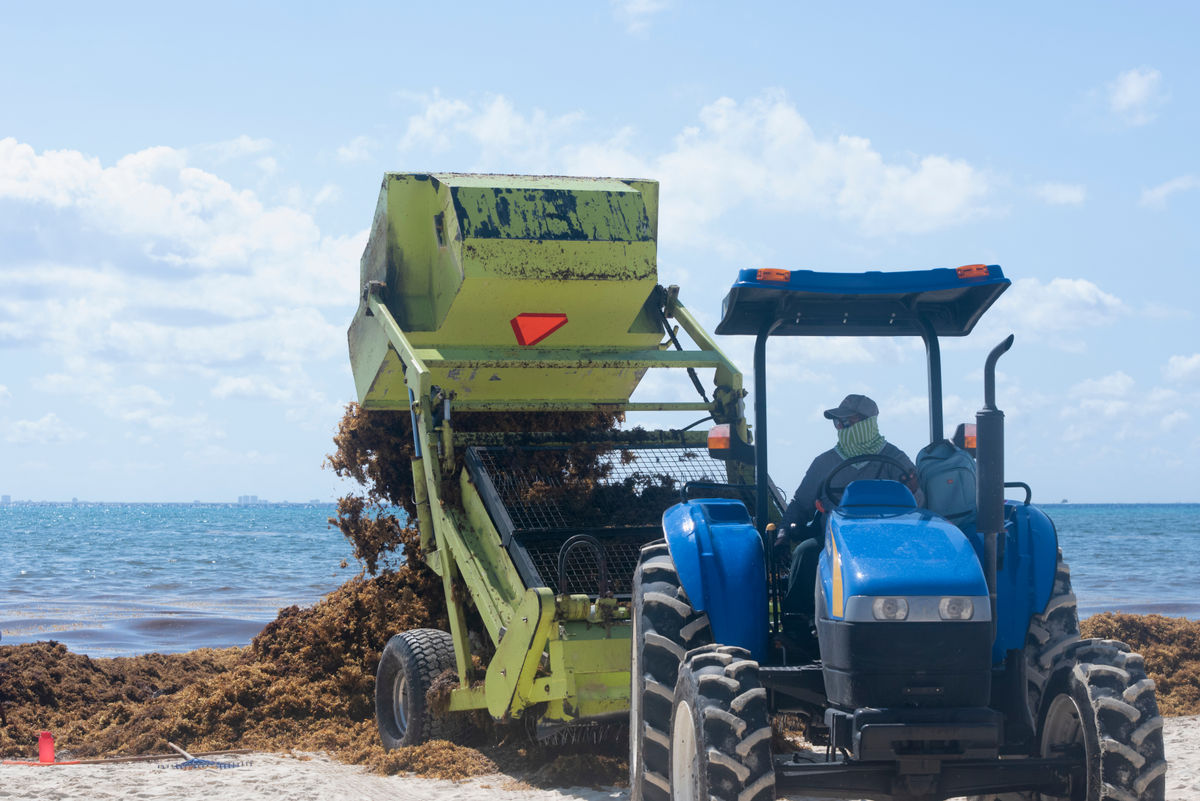Grand Canyon National Park will introduce higher rates for its frontcountry campsites at Desert View, North Rim, and Mather Campgrounds in an effort to bolster infrastructure and services. A paraphrased note from the official announcement indicates that rates for standard sites will increase to $30 per night and group sites will remain $55 per night. It also mentions that revenue from these fees will support facility maintenance and upgrades.
Park staff conducted a public comment period in late 2024, according to park sources, gathering feedback on the proposed rate hike that will take effect on May 1, 2025. A paraphrased summary states it is the first major adjustment to standard campsite fees since 2005, reflecting a need for updated budgets to address aging facilities.
A paraphrased statement from a separate release notes that the resulting revenue will fund campsite repairs, accessibility enhancements, and facility restoration projects. Officials aim to ensure these measures support sustainable visitor services.
Campers are urged to make reservations early, particularly during the peak summer season when the park’s popularity can limit campsite availability. Recreation.gov is the primary platform for booking standard frontcountry sites, and travelers are advised to visit the park’s official website for any seasonal variations.
Concessionaire-managed sites may follow different agreements, so visitors are encouraged to verify details regarding hookup availability and nightly rates through the appropriate channels. Officials stress that prospective guests should also check for updated schedules or changes in park services.
Park information suggests the increased fees will help expedite critical infrastructure improvements, including fixes to restrooms and enhancements to common spaces. A paraphrased note indicates that officials hope these improvements will support visitor needs and preserve the quality of the camping experience.
Privately operated campgrounds nationwide can mirror similar methods by giving guests advance notice of any pending rate adjustments. Clear announcements and meaningful explanations highlight the direct link between new revenue and facility upgrades, easing concerns about higher prices.
Many operators find that sharing outlines of planned enhancements, whether they involve additional restrooms or improved recreation facilities, helps travelers understand how funds are being reallocated. A focus on open communication underscores a commitment to guest satisfaction.
Another element involves carefully timing major maintenance work, such as renovating bathrooms or repaving walkways, during off-peak seasons to minimize disruptions. Maintaining safe and welcoming communal spaces can reduce repair costs in the long run and keep visitors enthusiastic about return trips.
Water-efficient fixtures used in many campgrounds have reduced water usage significantly. Such upgrades not only decrease operating costs over time but also appeal to visitors who prioritize eco-friendly travel.
Some facilities may also explore solar-powered lighting solutions for pathways or shared areas as part of a strategy to lower energy consumption. Well-planned steps ensure that improvements happen with minimal inconvenience to visiting families.
By consistently reinvesting income in critical infrastructure and visitor programs, campsite operators reinforce their commitment to valued guests. Officials at Grand Canyon National Park view this model as an effective way to maintain a high standard of hospitality while preserving one of the nation’s most treasured landscapes for the enjoyment of future generations.
VALUE GAP #1: COMMUNICATING RATE ADJUSTMENTS AND VALUE PROPOSITION
This gap involves proactively sharing clear information about any fee changes and emphasizing how new revenue will be used for improvements that benefit the guest experience. For instance, when updating standard campsite or RV site pricing, it is helpful to announce upcoming changes across multiple channels so customers have advance warning about new rates. Outlining how added revenue will be reinvested in restrooms, facility repairs, or recreational programs also directly links higher pricing to tangible improvements. Training front-desk teams to explain the reasons behind any price adjustments can reinforce that enhanced services and amenities justify revised rates. Private RV park owners and campground managers can follow a similar strategy by aligning with Grand Canyon National Park’s example of transparency on rate changes.
VALUE GAP #2: STRATEGIC INFRASTRUCTURE UPGRADES AND OPERATIONAL EFFICIENCY
This gap recognizes the importance of systematic improvements to core assets and attentive operational planning. Regular inspections allow maintenance issues to be identified before they disrupt guest satisfaction. Incorporating water-saving fixtures or solar-powered lighting can reduce operational costs over time while matching the expectations of eco-conscious visitors. Scheduling major renovations in off-peak seasons can also minimize inconvenience and maintain a positive experience for all. This approach mirrors Grand Canyon National Park’s plan to use new fee revenue for updates and repairs that support long-term visitor satisfaction, reinforcing a high-quality reputation and promoting sustainable use of shared spaces.
.png)
.png) 1 day ago
1
1 day ago
1








 English (US) ·
English (US) ·  Spanish (ES) ·
Spanish (ES) ·